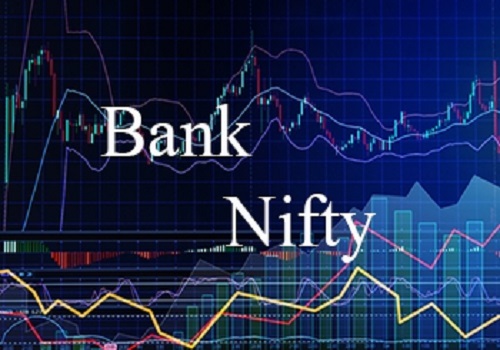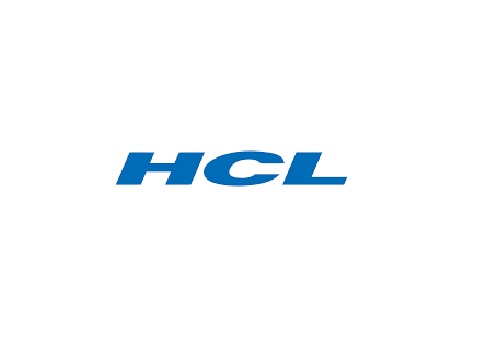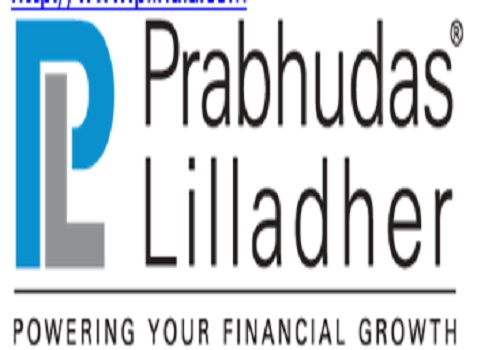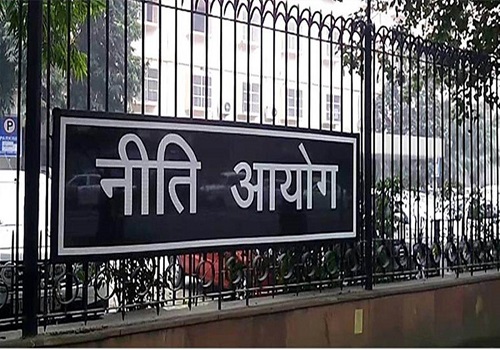Buying in heavyweight stocks pushes Indian markets to all-time high

After multiple attempts, the domestic market successfully managed to sustain record high levels, thanks to the increased buying interest in heavyweight stocks, said Vinod Nair, Head of Research at Geojit Financial Services.
The domestic indices ended Wednesday’s session after hitting fresh all-time highs during the day. The NSE Nifty 50 soared 54.70 points or 0.82 per cent to 18,972.10, while the BSE Sensex surged 499.39 points or 0.79 per cent to 63,915.42.
The market's bullish momentum was further supported by strong FII inflows and a narrowing current account deficit, both of which positively impacted investor sentiments. The gains were widespread, with pharma and metal sectors leading the way as top performers, outshining others, Nair said.
Indian markets are at an all-time high, driven by strong inflows from the FII in the past few months.
Christy Mathai, Fund Manager-Equity, Quantum AMC, said that from a macro standpoint, India stands out as compared to peer countries, with inflation moderating, and investing activity and growth picking up. Also, the growth hurdles of Indian economy has corrected to a large extent.
Infrastructure has been improving consistently, corporate balance sheet strength has improved, and financial system is in a robust state to fund the potential growth. Despite the recent rally, fundamentals point to the possibility of strong earnings growth in medium term, Mathai said.
Valuations around the long-term average makes a strong case for reasonable returns as earnings upcycle gains strength. Investors could be better off by staying invested and maintain their equity allocation in line with long term asset allocation plans.
Overall, Indian markets, Nifty have remained flat week on week barring Wednesday's uptick, which resulted in Nifty touching new highs, said Jaykrishna Gandhi, Head-Business Development, Institutional Equities, Emkay Global Financial Services.
Bank Nifty has under-performed during this period and is poised to lead the rally into July on the back of the HDFC merger, he said.
The US markets continued the positive data with consumer confidence climbing to highest levels since January 2022, new home sales jumped 12.2 per cent to highest levels since February 2022, and home prices were up 0.9 per cent in April for the top 20 cities in the US.
Trideep Bhattacharya, CIO-Equities, Edelweiss MF, said the Nifty all-time high reflects the confluence of two factors, namely the relative earnings resilience of India Inc. based on strong bottom-up drivers in a difficult global macro environment, and post late start, the encouraging recent progress of monsoons across India.
Siddhartha Khemka, Head of Retail Research, Broking and Distribution, MOFSL, said after making several attempts in the past few days, Nifty finally managed to cross its previous highs. Strong institutional flows, healthy macros and robust earnings growth drove domestic market towards its new highs. Even the current valuations are reasonable at 19x one-year forward PE which at previous peak had touched a high of 24x.
With monsoon kicking in and the RBI taken a rate pause, the strong momentum in earnings is likely to continue. Thus, at current valuations, the market is expected to continue its upmove and remain buoyant, he said.
V.K. Vijayakumar, Chief Investment Strategist at Geojit Financial Services, said HDFC Bank has been underperforming the Nifty for the last three years in spite of its decent growth. This underperformance is likely to change post merger.
The bank, which has an enviable track record and excellent execution capabilities, will gain from the synergy unleashed by the merger.
Institutional selling to comply with the 10 pert cent holding ceiling has been weighing on the stock. This will be over once the merger is affected. The prospects of the merged entity look very bright and this will attract more institutional investment from sector specific funds and ETFs, which are not bound by the 10 per cent ceiling, he added.
















